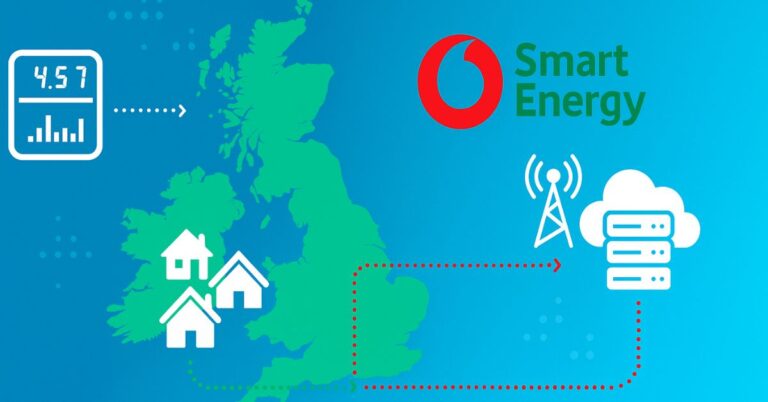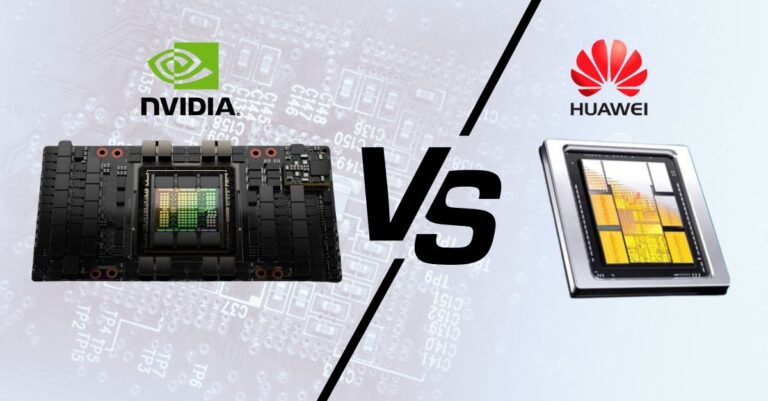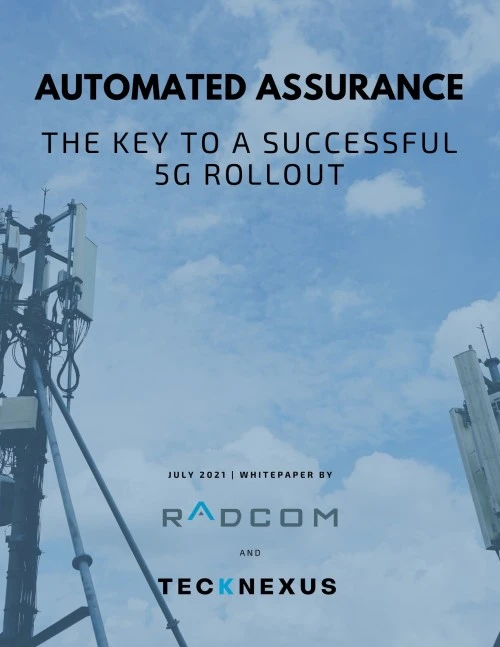Ashwini Vaishnaw, the Indian Minister of Communications, IT, and Railways, proclaimed on Monday that India is on the verge of becoming one of the top two global 5G ecosystems. This comes following the successful deployment of 270,000 next-generation (5G) sites within just three quarters, marking the swiftest rollout globally.
“Currently, India has ascended to be among the leading three 5G ecosystems. With 270,000 sites fully operational and broadcasting, it won’t be long before India secures a position among the top two worldwide,” Vaishnaw stated.
Commercial 5G services in India were launched last October by Prime Minister Modi, primarily driven by two private-sector telecom companies – Reliance Jio and Bharti Airtel. The rapid deployment has pulled the telecom industry out of a slump and initiated a phase of growth, establishing it as a promising sector in the country.
Vaishnaw also expressed optimism about the rising semiconductor industry in India, which has recently attracted several multinational companies. He lauded the considerable strides made in establishing a semiconductor manufacturing facility spearheaded by Micron, with the first indigenous chipset expected to be produced by December 2024.
He revealed that the groundwork for Micron Technologies’ project was laid during the Prime Minister’s recent state visit to the US, with the government of Gujarat allocating land for the project. Plans are in place for a factory setup, with a ground-breaking ceremony scheduled in the next 4 to 6 weeks.
The minister noted fresh enthusiasm in the semiconductor sector from the US, Europe, and Southeast Asia. The government has launched several 6G test beds in the terahertz frequency range in collaboration with IIT Madras to support future tech development. India has also registered over 200 patents for 6G technology. The Department of Telecom (DoT) established the Bharat 6G Alliance, led by Tata Consultancy Services (TCS) COO NG Subramaniam. The alliance includes representatives from academia, industry, and government.




























